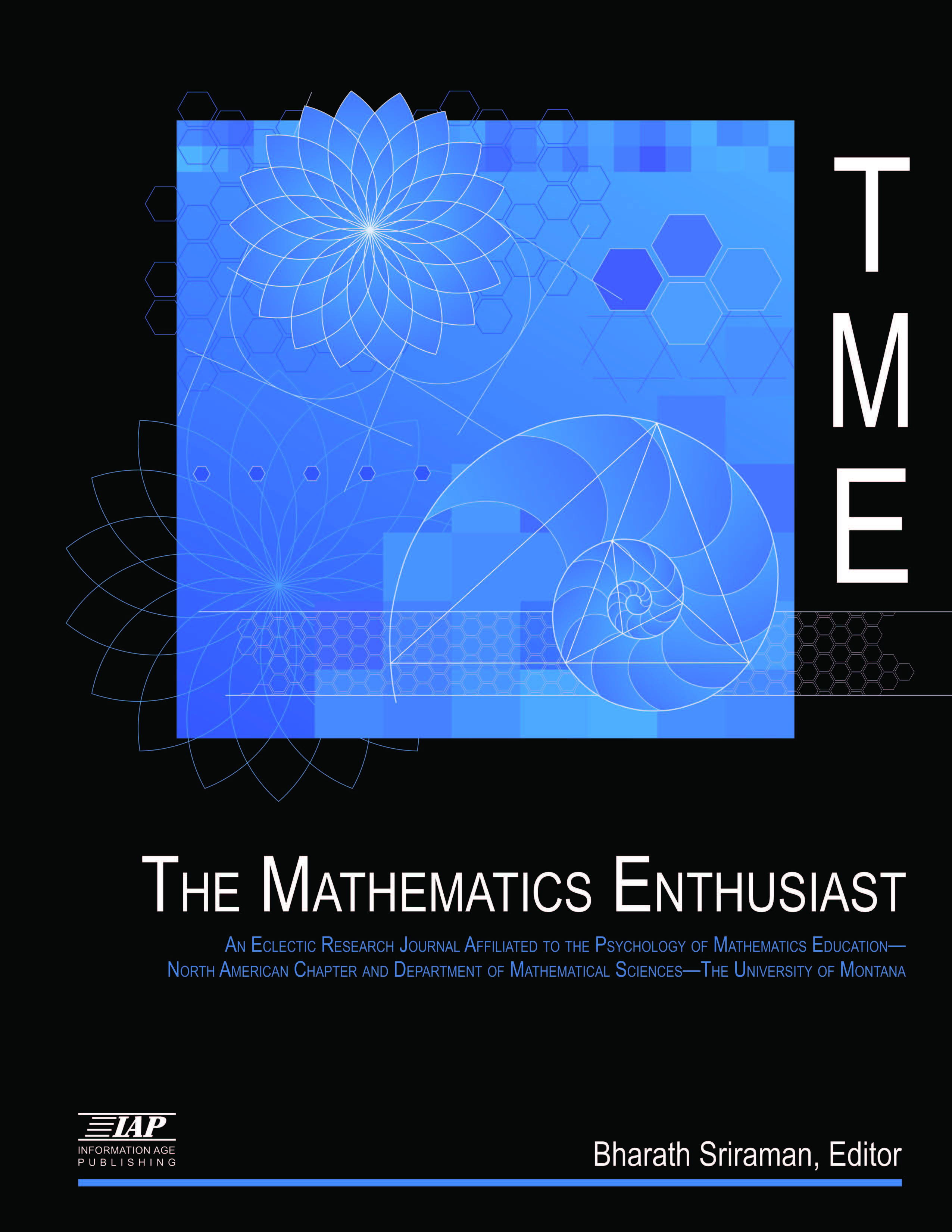
Volume
21
Issue
3
Abstract
Connecting algebraic and graphical representations encompasses a large portion of mathematical activity for students in grades 8-14. In Calculus, the ability to represent distances on graphs using algebraic expressions is foundational for a wide range of results. However, research has shown that students may struggle to make such connections. In this article, we seek to answer the following questions: (1) What are the underlying conceptions critical to expressing distances on graphs of functions algebraically? and (2) What types of tasks may support students in developing this skill? We first offer a conceptual analysis of the connections between algebraic expressions and distances in graphs of functions. Next, we describe a hypothetical learning trajectory of tasks and associated learning goals we developed to support students in expressing distances. We then report the outcome of implementing the tasks with groups of Calculus students. While the results include some success in supporting students to express distances, they also pointed to some persistent obstacles as well as limitations of the tasks. We focus on two such obstacles that emerged: the role of conceptualizing symbols as variables in the algebraic register and the role of conceptualizing distances within the graphical register. We discuss directions for future research and ways to support students in connecting algebraic expressions and graphs.
First Page
501
Last Page
540
Recommended Citation
Parr, Erika David and Lippe, Samuel
(2024)
"Expressing Distance in Graphs of Functions in the Cartesian Plane: Obstacles and Interventions,"
The Mathematics Enthusiast: Vol. 21
:
No.
3
, Article 2.
DOI: https://doi.org/10.54870/1551-3440.1641
Available at:
https://scholarworks.umt.edu/tme/vol21/iss3/2
Digital Object Identifier (DOI)
10.54870/1551-3440.1641
Publisher
University of Montana, Maureen and Mike Mansfield Library
